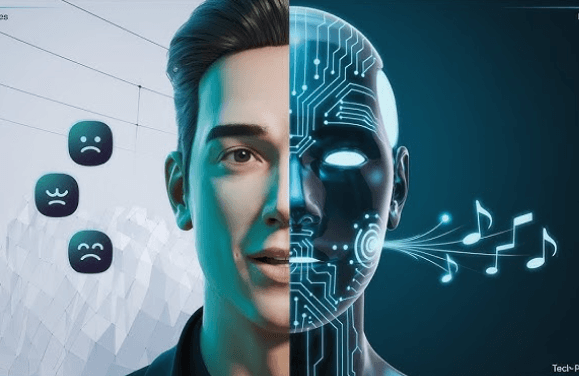AI vs. Human Voiceovers: Which Sounds More Natural?

The debate over AI versus human voiceovers involves an analysis of various factors influencing perception and emotional resonance. Human voiceovers are characterized by nuanced pitch, tone, and pacing, which contribute to a sense of authenticity. In contrast, advancements in AI voice synthesis have enhanced its ability to mimic human speech patterns. However, the question remains: do these technological improvements truly replicate the emotional depth of human performance, or do they fall short in engaging listeners?
The Evolution of Voiceover Technology
As advancements in technology have reshaped various industries, the voiceover sector has undergone significant transformation over the years.
Key technology milestones, such as the introduction of magnetic tape and digital recording, have revolutionized voiceover history.
These innovations facilitated higher quality audio, increased accessibility, and enhanced editing capabilities, ultimately expanding opportunities for voice talent and reshaping audience engagement across media platforms.
See also: How to Use AI for Designing Professional Slide Decks
Key Characteristics of Human Voiceovers
Authenticity is a hallmark of human voiceovers, distinguishing them from synthesized alternatives.
Human voiceovers exhibit rich emotional expression and intricate vocal nuances, allowing for a genuine connection with the audience.
These characteristics enable variations in pitch, tone, and pacing, fostering relatability and depth.
Such qualities are critical in conveying context and sentiment, ultimately enhancing the listener’s immersive experience.
Advancements in AI Voice Synthesis
Recent developments in AI voice synthesis technology have significantly narrowed the gap between human and machine-generated voiceovers.
Utilizing advanced neural networks, these systems can now replicate nuanced emotional expression, allowing for more engaging and relatable audio output.
This progress not only enhances the authenticity of AI-generated voices but also broadens their applicability in various industries, catering to an audience that values freedom in communication.
Comparing Listener Engagement and Preferences
How do listeners perceive the differences between AI-generated and human voiceovers?
Analyzing engagement metrics reveals distinct listener preferences; humans often exhibit heightened emotional resonance and connection with human voiceovers.
Conversely, AI-generated voices may enhance accessibility and uniformity.
Ultimately, the choice between AI and human voiceovers hinges on the context, as differing applications attract varying levels of listener engagement and satisfaction.
Conclusion
In the ongoing dialogue between AI and human voiceovers, the contrast is stark; AI offers precision, yet often falls short of the emotional depth that human voice actors bring to their performances. While AI advancements enable accessibility and efficiency, they frequently lack the nuanced expressions that resonate with listeners on a profound level. Ultimately, the choice rests on the context—where technical proficiency meets the rich tapestry of human emotion, revealing the delicate balance between innovation and authenticity.




